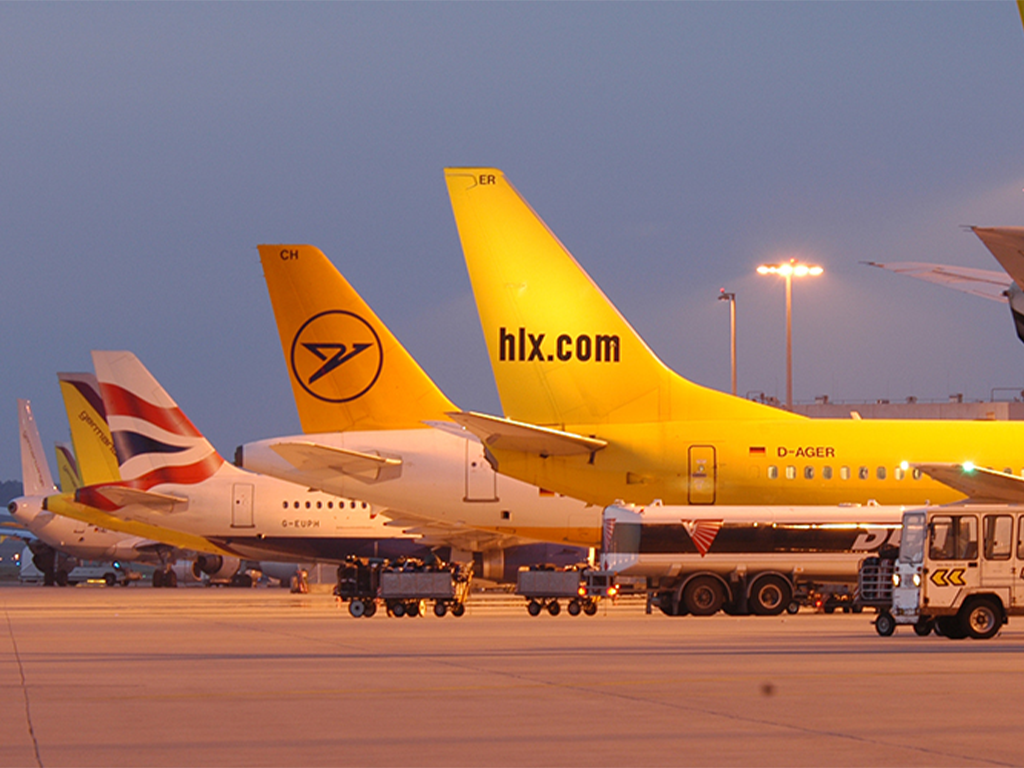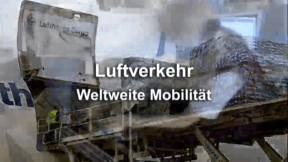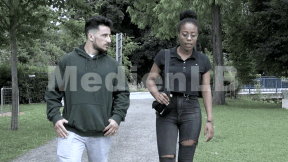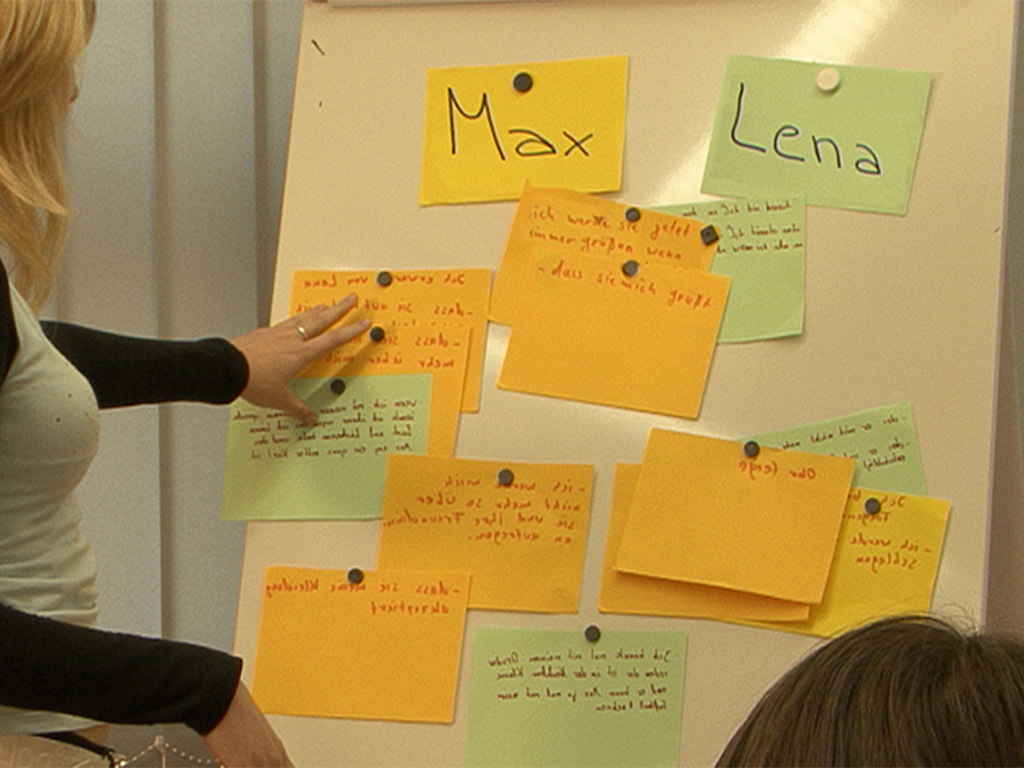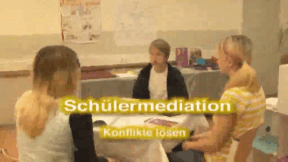 Gesellschaft
Gesellschaft


4677312 / 5564520
Wegwerfgesellschaft
In die Tonne – aus dem Sinn!
Allein in Deutschland landen jedes Jahr elf Millionen Tonnen Lebensmittel im Müll. Würde man diese Menge Lebensmittelabfall in Lkws verladen, so ergäbe sich eine Lkw-Schlange, die von Berlin bis nach Peking reichen würde. Und für einen kleinen Teil davon ist auch Familie Nicosia aus Köln verantwortlich. Der Film begleitet die siebenköpfige Familie eine Woche lang, um zu dokumentieren, wie viel Essen bei ihnen in der Mülltonne landet. Viel Geld verschwindet beim Essen. Teuer eingekaufte Lebensmittel, die dann ungegessen im Müll landen. In der Tonne – aus dem Sinn. Dass Essen einfach so im Müll landet, ist kein Phänomen, das nur bei Familie Nicosia vorkommt. Die meisten von uns würden zu derselben Erkenntnis gelangen. Der Film erklärt, wo die Probleme entstehen und wie man, z. B. durch planvolles Einkaufen, die Lebensmittelverschwendung vermeiden bzw. stark reduzieren kann. Gemeinsam mit dem sehr umfangreichen Unterrichtsmaterial (klassische und interaktive Arbeitsblätter und Testaufgaben) ist der Unterrichtsfilm sehr gut für den Einsatz im Unterricht geeignet.
Trailer abspielen
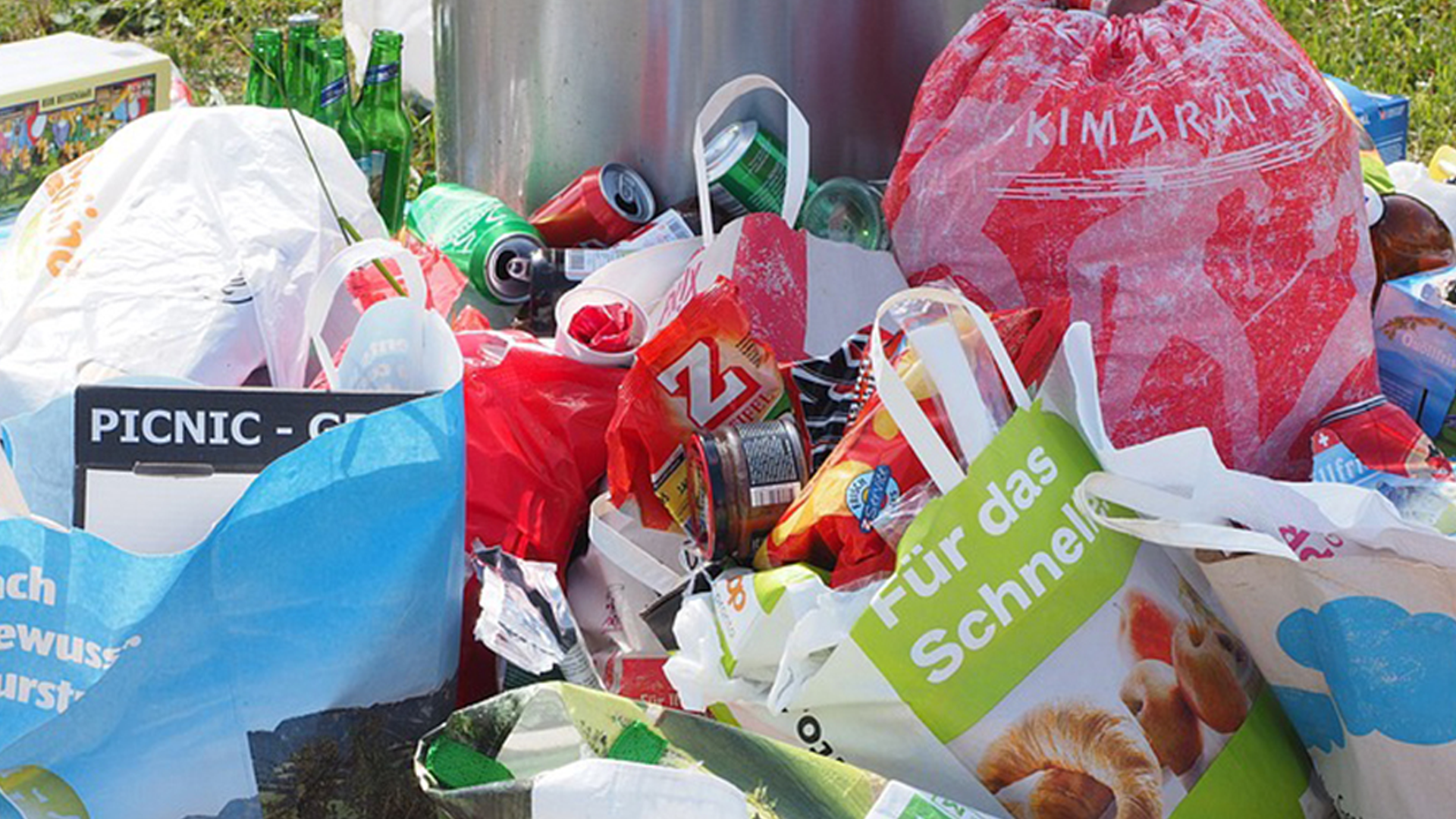
Lehrplanzentral und an den Bildungsstandards orientiert
Passend dazu
Air Traffic
Being able to fly has been a dream of humanity from time immemorial. But it does not even date back a century that people actually started being able to travel through the air. Since the 1960s, the number of flight passengers has been constantly increasing. Thus, the airspace is no longer dominated by birds but by man-made flying objects.
Peer Mediation
Lena and Max attend the 7th form. Max is new in class. During a break, Max notices that Lena and her friend are laughing at him again. Max loses his temper! He slaps Lena in the face. That hurts and Lena runs back into the classroom with a red cheek. The growing conflict between the two has escalated. Just like Lena and Max, every day pupils all over Germany have rows with each other. At the Heinrich Hertz Gymnasium in Thuringia, pupils have been trained as mediators for years. At set hours, they are in a room made available by the school specifically for mediation purposes. The film describes the growing conflict between Max and Lena and shows a mediation using their example. In doing so, the terms “conflict” and “peer mediation” are explained in a non-technical way. The aims of peer mediation and its progress in five steps as well as the mediators’ tasks are illustrated. The art of asking questions and “mirroring”, which the mediators must know, is described and explained. Together with the comprehensive accompanying material, the DVD is a suitable medium to introduce peer mediation at your school, too.




